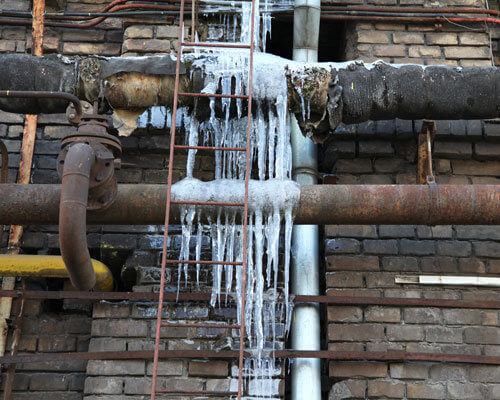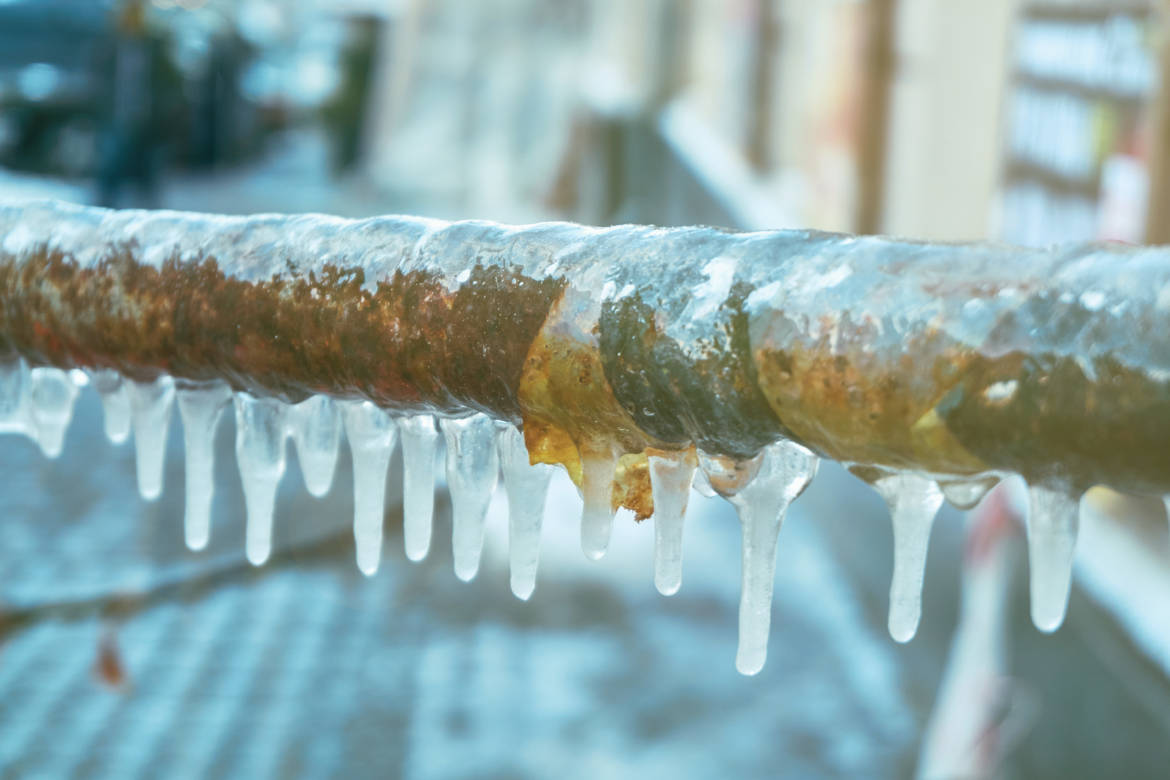Tips to Protect Pipes from Freezing Issues: Crucial Tips
Tips to Protect Pipes from Freezing Issues: Crucial Tips
Blog Article
The content which follows about 6 Ways to Prevent Frozen Pipes is without a doubt fascinating. Don't miss out on it.

Winter can ruin your pipes, especially by freezing pipes. Here's exactly how to prevent it from happening and what to do if it does.
Intro
As temperature levels drop, the threat of icy pipes increases, potentially causing pricey repair work and water damage. Understanding how to stop frozen pipelines is vital for house owners in cool climates.
Avoidance Tips
Insulating susceptible pipes
Cover pipelines in insulation sleeves or utilize warm tape to secure them from freezing temperatures. Focus on pipelines in unheated or external areas of the home.
Home heating methods
Maintain interior rooms properly warmed, specifically areas with plumbing. Open cabinet doors to allow warm air to distribute around pipes under sinks.
How to identify frozen pipes
Seek lowered water flow from faucets, unusual smells or sounds from pipelines, and noticeable frost on subjected pipes.
Long-Term Solutions
Architectural changes
Think about rerouting pipes away from exterior walls or unheated areas. Add extra insulation to attics, basements, and crawl spaces.
Updating insulation
Buy top notch insulation for pipes, attics, and walls. Appropriate insulation assists keep consistent temperatures and reduces the risk of frozen pipelines.
Protecting Exterior Pipes
Garden hose pipes and outdoor taps
Detach and drain yard hoses prior to winter. Install frost-proof faucets or cover outside faucets with shielded caps.
Recognizing Frozen Pipelines
What creates pipelines to freeze?
Pipes freeze when subjected to temperatures below 32 ° F (0 ° C) for extended durations. As water inside the pipes freezes, it expands, putting pressure on the pipeline walls and possibly causing them to rupture.
Threats and problems
Frozen pipelines can lead to water supply disturbances, residential or commercial property damages, and expensive repair services. Ruptured pipes can flooding homes and create considerable structural damages.
Indications of Frozen Piping
Identifying frozen pipes early can stop them from rupturing.
What to Do If Your Pipelines Freeze
Immediate activities to take
If you think frozen pipes, keep taps open to alleviate pressure as the ice melts. Utilize a hairdryer or towels soaked in hot water to thaw pipelines slowly.
Conclusion
Preventing icy pipes calls for positive measures and fast responses. By recognizing the causes, indicators, and preventive measures, homeowners can shield their plumbing during cold weather.
5 Ways to Prevent Frozen Pipes
Drain Outdoor Faucets and Disconnect Hoses
First, close the shut-off valve that controls the flow of water in the pipe to your outdoor faucet. Then, head outside to disconnect and drain your hose and open the outdoor faucet to allow the water to completely drain out of the line. Turn off the faucet when done. Finally, head back to the shut-off valve and drain the remaining water inside the pipe into a bucket or container. Additionally, if you have a home irrigation system, you should consider hiring an expert to clear the system of water each year.
Insulate Pipes
One of the best and most cost-effective methods for preventing frozen water pipes is to wrap your pipes with insulation. This is especially important for areas in your home that aren’t exposed to heat, such as an attic. We suggest using foam sleeves, which can typically be found at your local hardware store.
Keep Heat Running at 65
Your pipes are located inside your walls, and the temperature there is much colder than the rest of the house. To prevent your pipes from freezing, The Insurance Information Institute suggests that you keep your home heated to at least 65 degrees, even when traveling. You may want to invest in smart devices that can keep an eye on the temperature in your home while you’re away.
Leave Water Dripping
Moving water — even a small trickle — can prevent ice from forming inside your pipes. When freezing temps are imminent, start a drip of water from all faucets that serve exposed pipes. Leaving a few faucets running will also help relieve pressure inside the pipes and help prevent a rupture if the water inside freezes.
Open Cupboard Doors
Warm your kitchen and bathroom pipes by opening cupboards and vanities. You should also leave your interior doors ajar to help warm air circulate evenly throughout your home.

I'm certainly very fascinated with How To Avoid Freezing Pipes and I'm hoping you appreciated the new entry. Sharing is nice. Helping people is fun. Many thanks for taking the time to read it.
Call Today Report this page